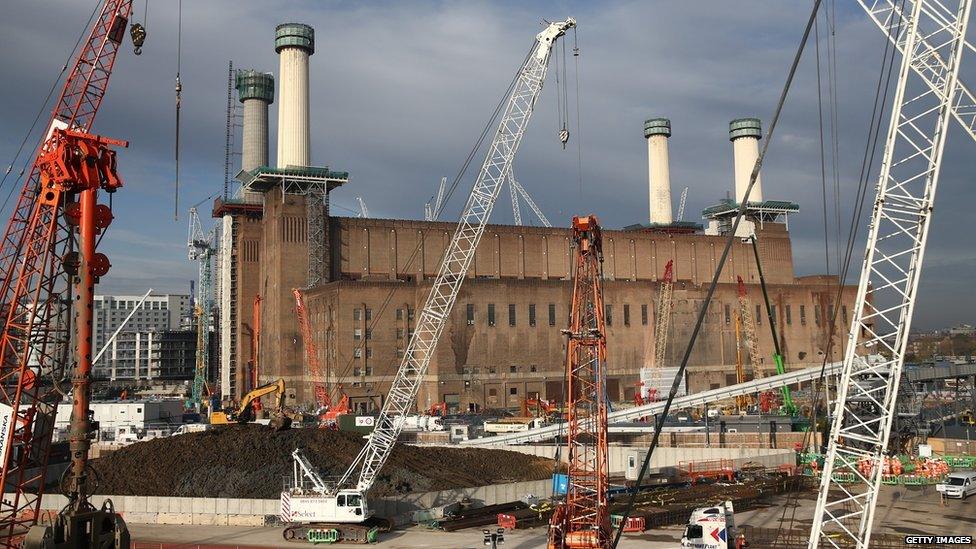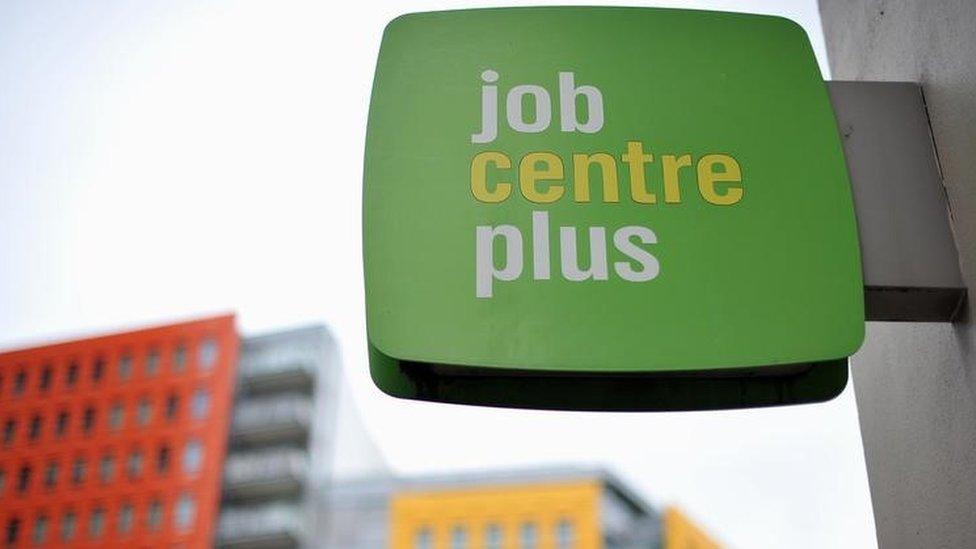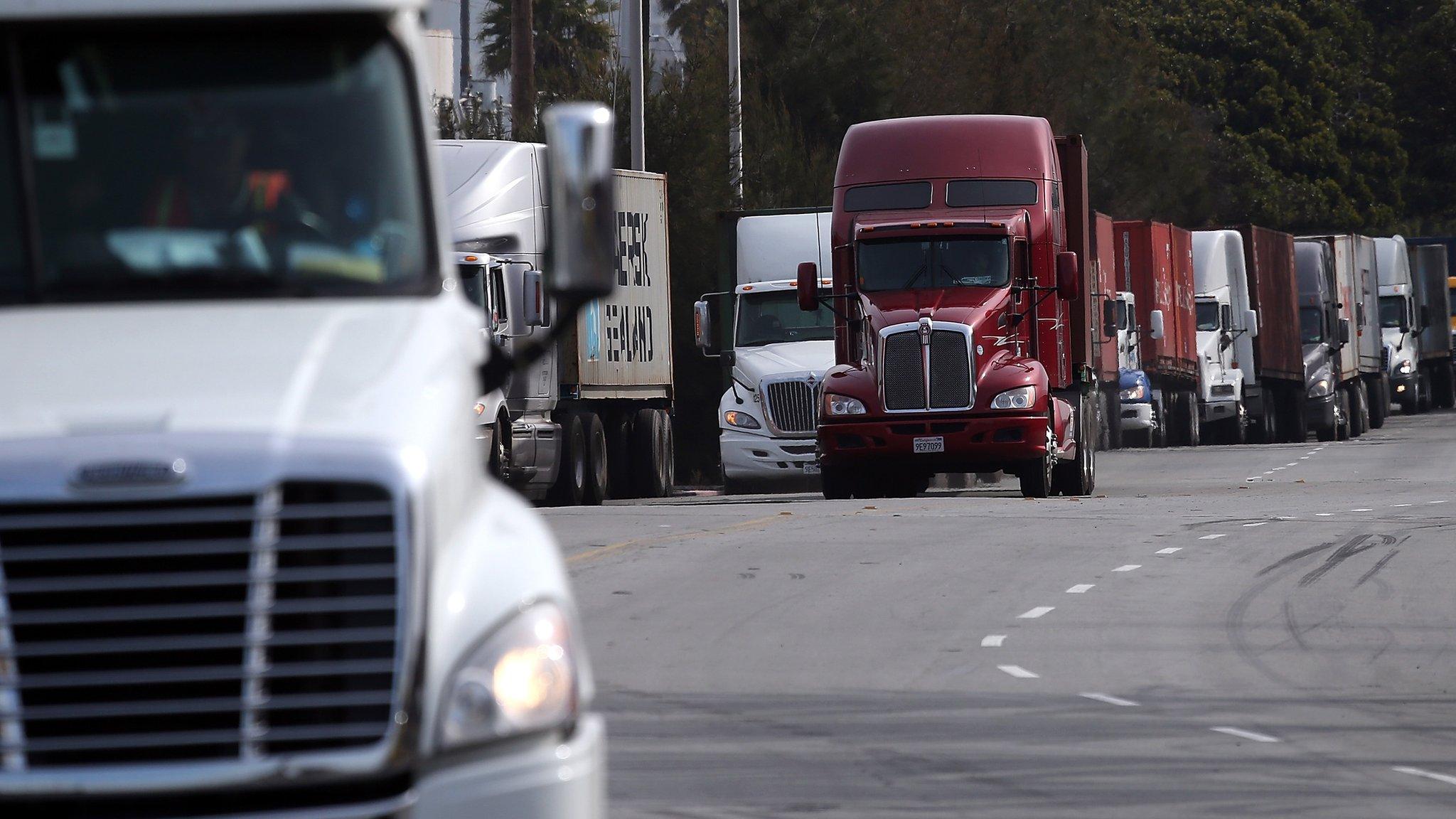UK unemployment still at ten-year low, falling by 60,000
- Published

Unemployment in the UK fell by 60,000 between October and December to 1.69 million, according to the Office for National Statistics.
The rate of unemployment was unchanged from a month ago at 5.1%, maintaining a decade-low rate.
More than 31.4 million people are in work, the highest figure since records began in 1971.
But ONS statistician Nick Palmer said that growth in people's earnings was still slow.
"While the employment rate continues to hit new highs and there are more job vacancies than ever previously recorded, earnings growth remains subdued and markedly below the recent peak of mid-2015," Mr Palmer said.
Inactive rate falls
Pay increased by 2.0% during the period, very similar to the growth rate between September to November 2014 and September to November 2015, which was 1.9%.
The number of Britons in work increased by 278,000 in the three months to the end of December, to 28.28 million, while for non-UK nationals, the figure rose by 254,000 to 3.22 million.
The economically inactive rate for women fell to 27.2%, a record low.
Wales, the North East and the North West of England recorded the largest drops in the rate of unemployment, all falling more than half a percentage point.
The North East of England still has the highest rate of unemployment, at 8.1%, and the South West of England the lowest, at 3.7%.
There were 5.35 million people employed in the public sector in September 2015, according to ONS, down 59,000 on a year earlier. It is the lowest figure since comparable records began in 1999, the ONS says.

EU migrants in the UK labour force

By Carole Walker, BBC political correspondent
These latest statistics also show that the number of Romanians and Bulgarians working in the UK reached a record 202,000 last year - an increase of 48,000 on the previous year.
Overall the number of EU nationals working in Britain was just over two million between October and December last year, compared with 1.8 million for the same period a year earlier.
The number of people from the original EU states, including France, Germany, Spain and Italy, working in the UK also rose - by almost 92,000 from 761,000 to 853,000.
The ONS said the statistics showed changes in the number of people in employment, not the proportion of new jobs that had been filled by UK and non-UK workers and should not be used as a proxy for flows of foreign migrants into the UK.
Separate figures on migration are due to be released next week.
But on the eve of the EU summit where David Cameron is seeking a deal to restrict in-work benefits for EU migrants, the figures demonstrate the growing numbers of migrants from Eastern Europe who are coming to live and work in the UK.

Last month, Bank of England governor Mark Carney signalled that a rise in interest rates would not be imminent as global economic growth slowed.
Earlier this month, the Bureau of Labor Statistics said the US economy added 151,000 jobs in January, helping to push the country's unemployment rate down to 4.9%.
However, the US number was lower than expected and was a sharp slowdown from December, when 292,000 jobs were added.
Unemployment in the eurozone dropped in December to its lowest rate in more than four years, despite worries about the global economy.
Eurostat, the EU's statistical agency, said the jobless rate in the 19 country eurozone had fallen to 10.4% from 10.5% in November.
- Published20 January 2016

- Published16 February 2016

- Published5 February 2016
